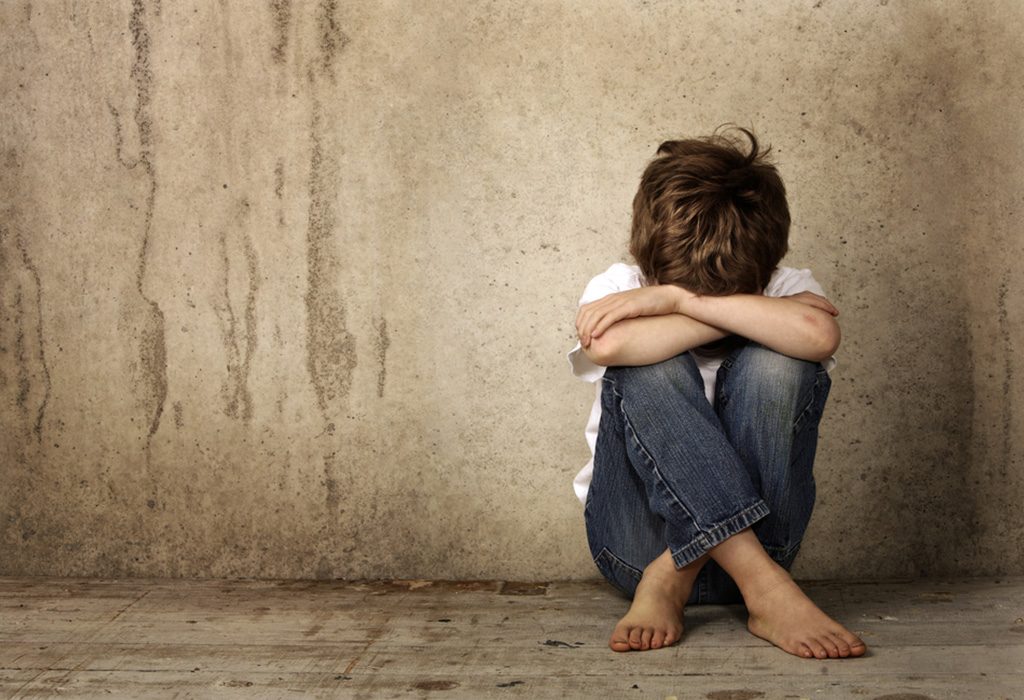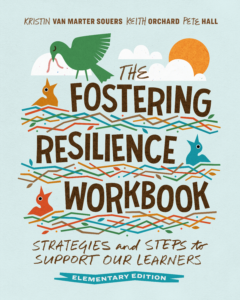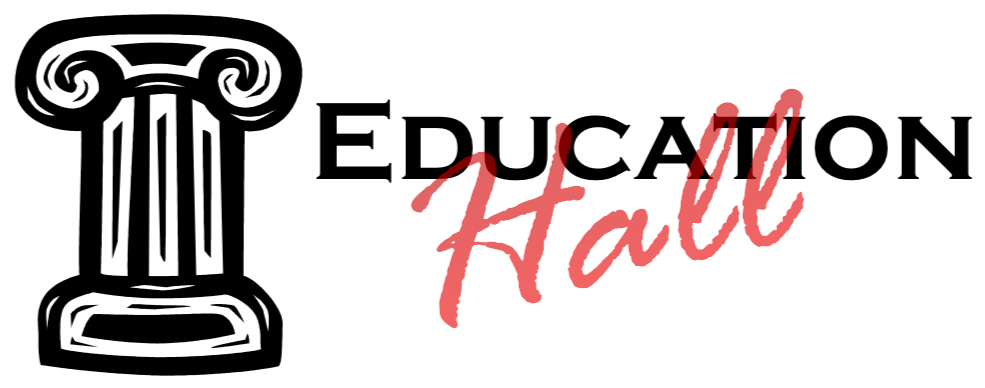
I’ve worked in schools and with education professionals for the majority of my grown-up life. It’s been a rewarding career, to be sure, from teaching kids to count in elementary school in Massachusetts (and learning myself that the number after three is actually a two syllable word, fo-wah) to leading choir in California (don’t ask) and all the way through my development as an administrator (where I learned that adults are actually a lot tougher crowd than kids).
Thousands of kids. Hundreds of staff. Many of them struggling.
I saw firsthand the effects of childhood trauma in my classrooms, though it really stood out while I was an assistant principal in Reno, Nevada. Our school was situated in an historically dangerous, impoverished neighborhood where academic success, homework, and school tee-shirts took a back seat to survival, competition, and gang colors.
Often we had students who, if they came to school at all, arrived toting the “invisible backpacks” of anxiety, stress, fear, mistrust, anger, and a host of other symptoms of childhood trauma. Our kids experienced all the events you might picture: death of loved ones, parent abandonment, family members arrested and jailed, violence, abuse, drugs, weapons, even a school shooting…plus a slew of events you wouldn’t want to even imagine. And this was an elementary school.
There, and during my first principalship that followed, I learned a lot about kids, about families, about education, and about the challenges that a lot of our students face outside of school. Without question, they bring those challenges with them into the schoolhouse. We did amazing work in those schools and achieved a lot, and I’m proud of the efforts and results of those schools staffs.
It was when I moved to Washington and met Kristin Souers, a phenomenal mental health specialist and trauma expert, that I was able to put it all together. Kristin, who was part of the Washington State University team that researched childhood trauma in schools neighboring mine, worked closely with me and my staff at two schools – one elementary, one middle – and we built an incredibly strong model of supporting the grown-ups and the young people under our care.
Over the following years, we took the work we did together and built a series of professional learning experiences for educators: keynotes, workshops, in-person and virtual sessions, book studies, parent nights, you name it. Our goal was to share this information – information that, to this day, we deem absolutely and unequivocally essential – with as many school personnel as possible.
To expand our impact, she and I partnered in writing two books. The titles may sound familiar to you: First was Fostering Resilient Learners: Creating a trauma-sensitive classroom, in which we explored ways to get our heads and hearts right for working with children who have experienced (or are experiencing) trauma. Then came the strategy book, Relationship, Responsibility, and Regulation: Trauma-invested strategies for fostering resilient learners. This helped folks implement the approaches directly with students in their classrooms, offices, and anywhere on campus.
The response has been nothing short of astounding. It doesn’t surprise me, because educators tend to have big hearts and want what’s best for their kids. And the mysteries of “Why is this kid behaving like this?” or “What’s going on with this kid?” were now understandable and explainable. Which meant we could do something to mitigate the harmful effects of childhood trauma. In real time.
This work is a game-changer, folks.
We’ve seen school climates shift from punitive to compassionate. We’ve observed the “leave your baggage at the door” and “pull yourself up by the bootstraps” mentality melt away as folks embrace a “we’re here for you” and “we’ll get through this together” mentality.
By the way, as Kristin likes to say, “Most kids don’t even know what a bootstrap is, let alone how to pull themselves up by it!” Verily, we’ve seen kids, teachers, schools, and communities begin to thrive.
And now, as I’ve provided professional development and coached educators in schools across the country, I’ve been witness to thousands of teachers, administrators, counselors, support staff, cafeteria workers, bus drivers, parent volunteers, and others learn, grow, and evolve in their approach to supporting kids.
Currently, Kristin and I are finishing up the 3rd resource in our suite of trauma-invested tools, along with Keith Orchard, the Mental Health Specialist for the Coeur d’Alene School District in Idaho. It’s called The Fostering Resilience Workbook, and it serves as a field guide for educators and caregivers: As soon as the hair on the back of your neck stands up and you think, “There’s something going on with this kid,” the workbook walks you through a series of questions, reflections, perspectives, challenges, suggestions, strategies, and options for building a plan to nurture, partner with, and support that kid. Here’s a sneak peek of the Elementary version’s cover art:

It’s been, and continues to be, a marvelous journey. So I thought I’d share some of the most impactful takeaways I’ve collected.
Here are three key concepts I’ve learned about childhood trauma and how they apply to schools:
- Trauma and stress impact a child’s ability to think clearly, connect, and learn. The flight-fight-freeze mode is our default setting when we’re experiencing fear, according to experts on the topic like Dr. Bruce Perry. In that heightened state of alert, our brains shift to survival mode and will guide us to do whatever we can to escape that threat (or perceived threat). Meanwhile, we do our best work in our prefrontal cortex, or “upstairs brain,” as Dr. Dan Siegel, clinical professor of psychiatry at the UCLA School of Medicine, refers to it. As a result, one of the most productive strategies we can implement in schools is to teach our students self-regulation skills. Things like engaging in positive self-talk, taking a time-out, recognizing the signs of stress, deep breathing, exercise, and accessing a simple coloring book can do a world of good to help our students’ settle their worried brains.
- We cannot control what happens (and what has happened) to our kids outside of our schools & classrooms; however, we can control the environment inside our schools & classrooms. First of all, in order to help our students regulate, we must be regulated, too. A lot of kids, especially those who have a trauma background, look to their trusted adults to see if they’re in a safe, calming environment or one that may exacerbate their stress. Our students’ “internal working model” helps them to make sense of their self-view in the context of other humans and in social interactions (see “attachment theory” for more info on that). To help, we must curate a “Culture of Safety,” as Kristin Souers and I wrote in Fostering Resilient Learners: Strategies for creating a trauma-sensitive classroom. Students – and adults – tend to thrive in a safe, predictable, consistent environment. The more we ensure the physical and emotional safety of the students under our care, the more we build consistent routines and rituals within our settings, and the more we offer predictability in schedules, interactions, and moods, the more regulated and “ready to learn” our students will be
- Trauma is a word, not a sentence. A lot of folks who don’t know much about childhood trauma figure that experiencing a terrible, impactful event is a one-way ticket to a hard, devastated life. According to the Substance Abuse and Mental Health Services Administration (SAMHSA), “Individual trauma results from an event, series of events, or set of circumstances that is experienced by an individual as physically or emotionally harmful or life threatening and that has lasting adverse effects on the individual’s functioning and mental, physical, social, emotional, or spiritual well-being.” While the reality is that trauma is deeply personal, we don’t get to define what’s traumatic or not in someone else’s life. And we don’t always get to know the details of an individual’s story. Our best approach is to apply empathy with our students, asking questions like “How are you doing?” and “What do you need?” We cannot fix someone else’s trauma. We can create a safe space, offer ourselves as safe relationships, and allow the parts of the brain that have been neglected or bypassed to begin the rebuilding and healing process.
If you work in schools, you know there are a lot of kids struggling. They’re struggling as students, yes, and they’re struggling as young people. If we’re willing to learn more about childhood trauma, to open our hearts and minds to what our students need from us, and approach our students with calm, consistent care, we can support our kids to not just survive, but thrive.
Pete Hall is the President/CEO of EducationHall, LLC, and the author of 12 books. He speaks, consults, and coaches with schools and organizations worldwide. You can reach him at PeteHall@EducationHall.com.
Stay Up To Date
Stay up to date with the latest news updates and blog posts
Share Article
Share this post with your network and friends

Recent Comments